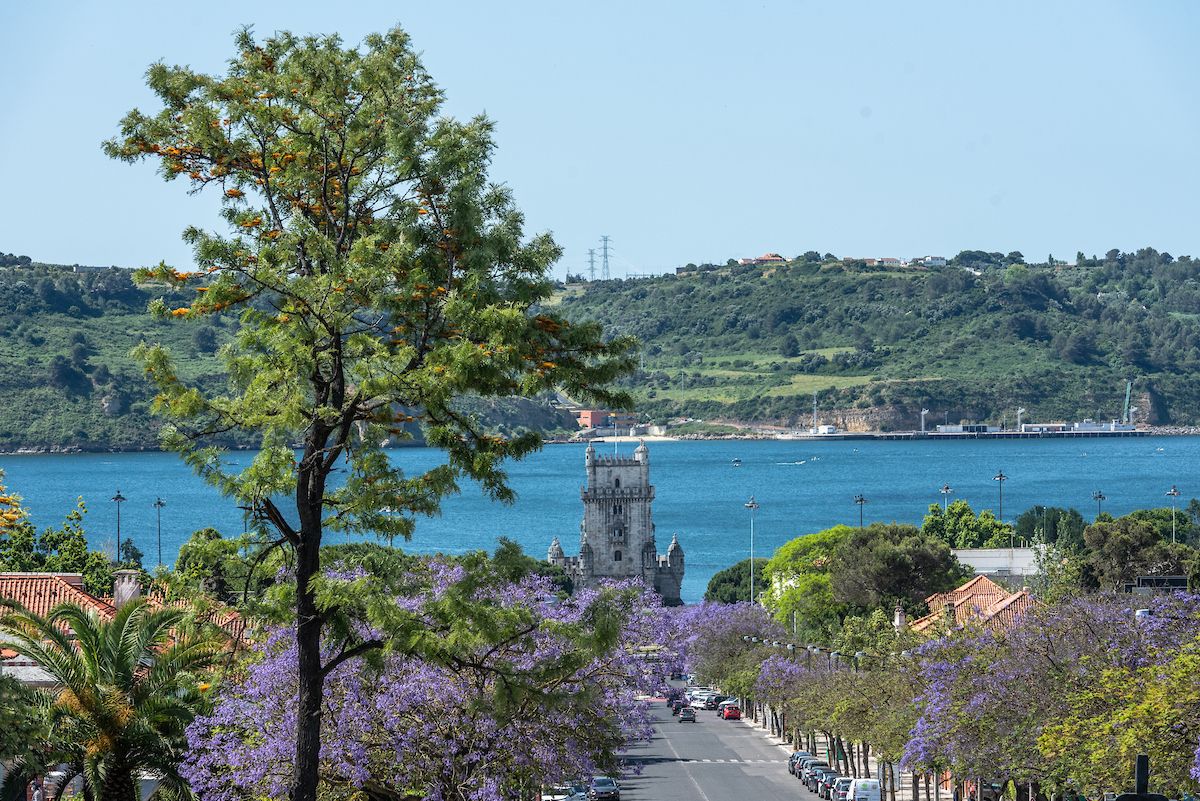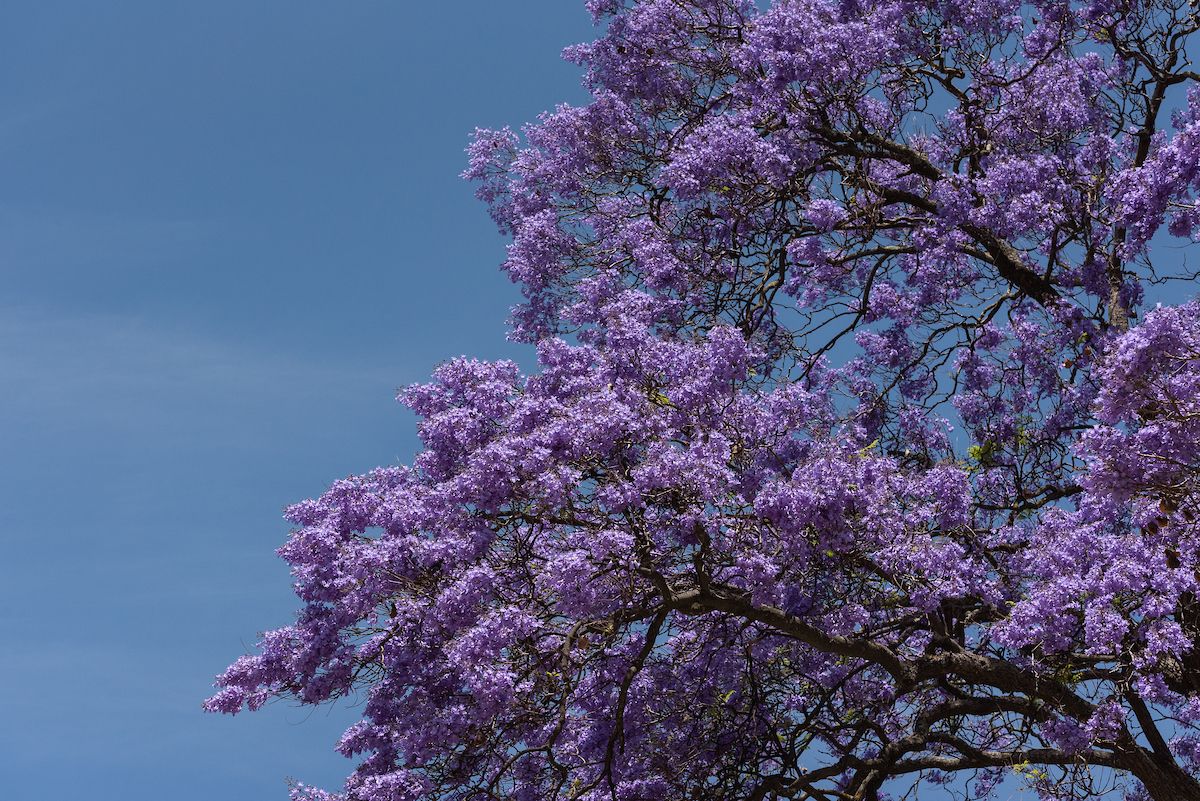Jacarandás, the purple Lisbon
In the spring, it is from the Tagus that we best see the purple mantle that invades the city of Lisbon with its jacarandas. And rightly so, because the Tagus has everything to do with the history of these trees - they arrived in the 19th century coming from Brazil.
They were brought by Felix Avelar Brotero, the father of Botany in Portugal, at the Ajuda Botanical Garden from 1811 to 1826. He offered seeds to whoever wanted to cultivate them in the city. They precede the return of the Portuguese Court from Brazil, at a time when blue spectrum pigments were very valuable. For the royalty this plant, due to its exoticism, had a non-commercial value: it was a way to demonstrate the royal power.
When King João VI returned to Portugal, he decided that the Botanical Garden should be open to the public every Thursday. If it still impresses us today, despite the stimuli we are exposed to, imagine it back then.
The flowering of the Jacaranda Mimosifolia awakens with the same temperature that would have the same effect in Latin America, and which is only reached in Lisbon in late spring. After all, this is an exotic tree, from Argentina, Bolivia and Paraguay.
This need for high temperatures makes the tree unsuitable for areas north of the Tagus - so it stays here, in Lisbon. The two trees in the Botanical Garden are the last to bloom in the city, perhaps because they were the first to be acclimated to Lisbon - and they have the most exuberant flowering.
In Lisbon, until the end of June, the spectacle of jacarandas in bloom can be seen, without invitation, in the most diverse corners, but the main highlights are Largo do Rato, Parque Eduardo VII, Largo do Carmo, Av. D. Carlos I and Av. da Torre de Belém.
By Leonardo Rodrigues



